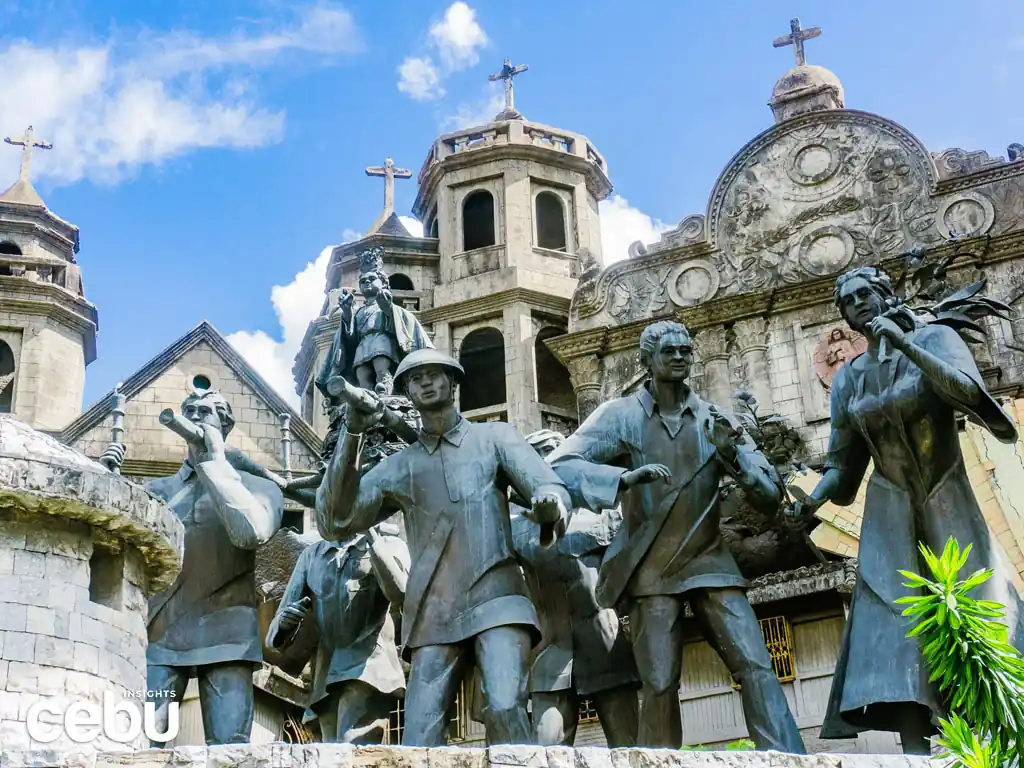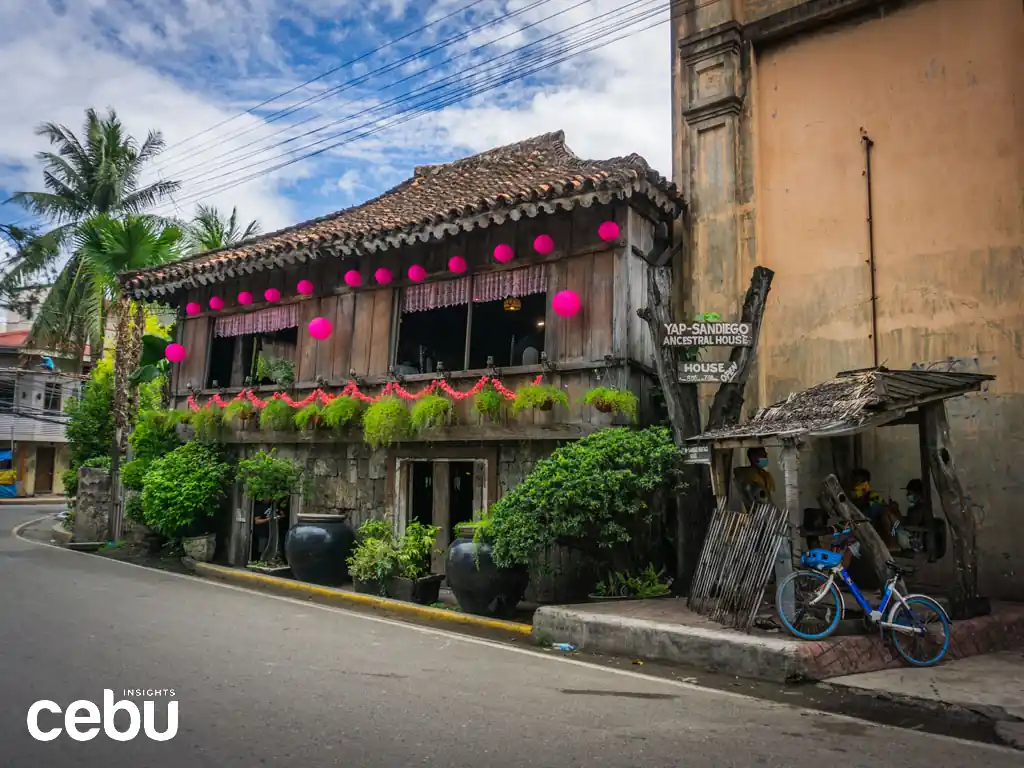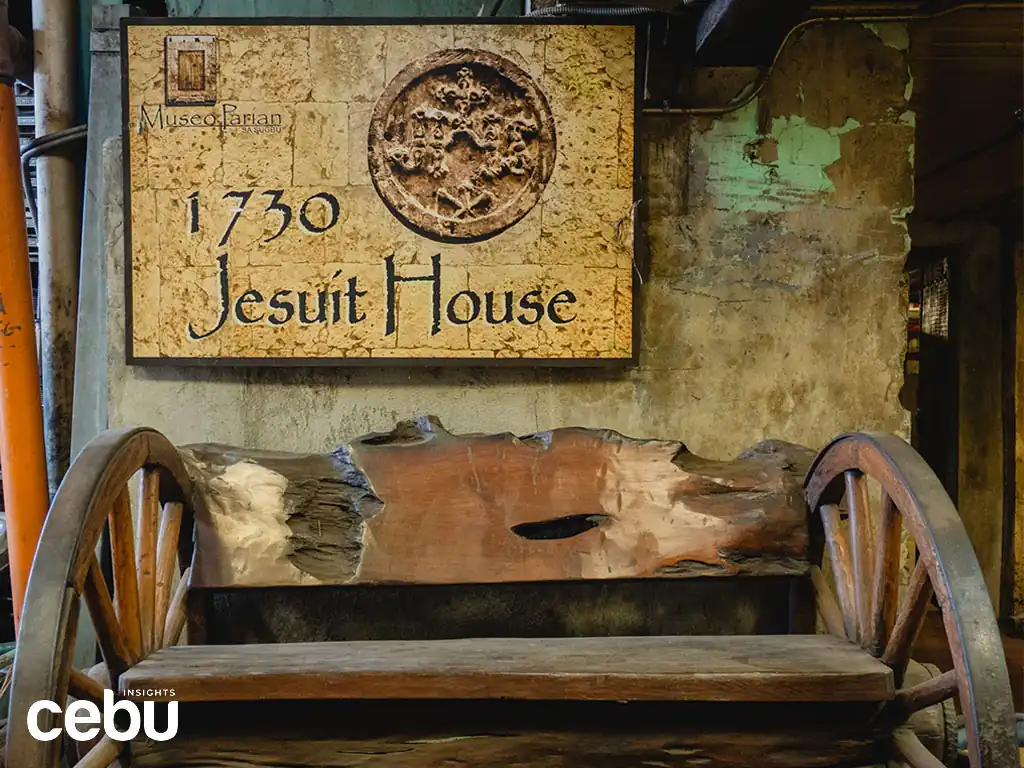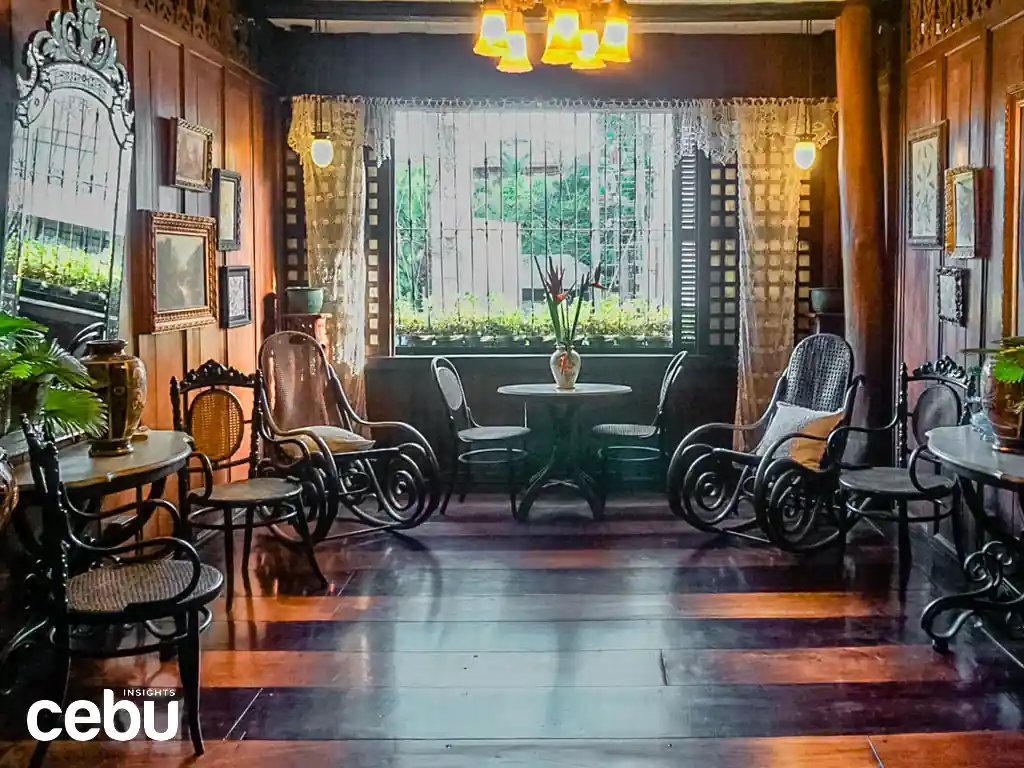The Cebu Heritage Monument summarizes the history of Cebu since the pre-colonial era.
How much do you know about the history of Cebu? Historical places like museums and ancestral houses give you a glimpse of Cebu before it became a highly-urbanized city.
One good example is the Cebu Heritage Monument, a structure consisting of several statues that represent significant people and events from pre-colonial to contemporary times.
Located in the former business district of Pari-an, it is also one of the most easily accessible tourist spots in the city.
Part of the monument are statues of notable events that occurred on the island.
THE HISTORY BEHIND THE CEBU HERITAGE MONUMENT
Eduardo Castrillo constructed the monument with the help of former senator Marcelo Fernan and other private organizations.
The famous structure is made from sturdy materials like concrete, bronze, brass, and steel, and as a result, was able to withstand years of natural disasters.
Today, tourists and locals may visit the structure to admire the intricate architecture and learn more about its history from a tour guide. There is no entrance fee, and it’s in an accessible area in downtown Cebu.
DEPICTIONS OF THE MONUMENT
One of the structures is of Ferdinand Magellan and Datu LapuLapu, two famous figures who fought against each other during the Battle of Mactan.
This historic conflict happened because Cebuanos living on the island of Mactan at the time refused to convert to Christianity. Magellan and his men invaded the island, but hundreds of Cebuano warriors greeted them with an arsenal of makeshift swords and spears.
Magellan lost his life after being shot by a poisonous arrow from the Cebuanos, cementing their victory over the invading Spaniards.
Despite his loss, Cebuanos commemorated Magellan as the man that brought Christianity to the Philippines, when he and his men performed the first baptism in Cebu on April 14, 1521.
The Magellan’s Cross, which is one of the most famous historical landmarks in the city, is also depicted in the monument. This structure was planted by Magellan when he and his men baptized Rajah Humabon and his wife, Queen Juana, into Christianity.
Other structures depicted in the monument include the Basilica del Sto. Niño, Cebu Metropolitan Cathedral, and Saint John the Baptist Church.
Also part of the monument is a Spanish galleon, commemorating Magellan’s circumnavigation to the island of Cebu.
The monument also depicts the earliest celebrations of the Sinulog festival.
You will also be able to see a representation of the Sinulog Festival, with early Cebuanos carrying the image of the Sto. Niño.
The festival is the grandest event celebrated on the island, with millions of people flocking to the streets to experience the festivities. The celebration includes a street dancing competition, higantes, and different floats carrying local celebrities.
The Cebu Heritage Monument has a statue of Saint Pedro Calungsod, the first canonized Cebuano saint.
You will also find statues of Sergio Osmeña Sr., the first Cebuano President of the Philippines, and Pedro Calungsod, the first Cebuano to be beatified and canonized as a saint.
WHAT YOU CAN FIND IN DOWNTOWN CEBU
Aside from being a busy commercial port, downtown Cebu is a notable residential area where many early Cebuanos and Chinese mestizos used to live.
There are multiple ancestral houses near the monument, including the Yap Sandiego Ancestral House and the 1730 Jesuit House. Both have become public museums containing a number of household items and souvenirs owned by Cebuanos in the past.
You can also visit the Casa Gorordo Museum, an ancestral house that has been home to four generations of the Gorordos, including the first Cebuano bishop, Juan Isidro de Gorordo. This museum offers a quick look at how a Chinese family used to live during the colonial era.
The monument is a minute away from the Colon Street obelisk, which is also a famous landmark in the city. Since many public utility jeepneys pass by the area, it won’t be hard to get there.
There is no entrance fee to visit the monument, so you can practically get a refresher course on Cebu history while appreciating its contribution to tourism on the island.
The Queen City of the South is one of the oldest settlements in the Philippines and has been an integral part of Philippine history for millennia. The Cebu Heritage Monument serves as a short but sweet reminder of how the island came to be.
It’s a famous and recognizable sculpture because of its fascinating architecture and meaningful depictions. It gathers the most notable parts of our history for everyone to see and learn from.
HOW TO GET THERE
Exact Location:
In front of Parian Fire Station, Sikatuna Street, Cebu City
Entrance Fee:
FREE
- JEEPNEY
Ride a jeepney that will take you to Colon Street. Get off when you reach the Colon Obelisk. Walk to the left side until you reach the monument.














